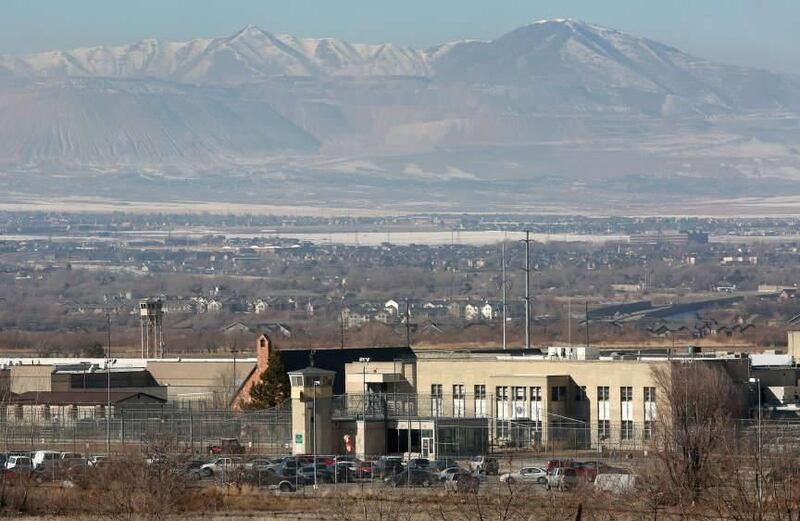It comes as little surprise that early mention of possible sites for relocating the Utah State Prison has prompted a less than enthusiastic reaction from the communities involved. While the identification of possible sites is admittedly premature, it foreshadows a critical stumbling block for the Legislature’s Prison Relocation Commission, and raises the question as to whether moving the facility will indeed emerge as the proper course of action.
While the commission has made no formal recommendations, word leaked out that it had created a short list of four possible sites, one in Utah County and three in Salt Lake County. Reaction in those communities ranged from deep skepticism to outright rejection. A spokesman for Saratoga Springs, one of the mentioned locations, said bluntly, “We don’t have an interest in it being in our community. It doesn’t fit.”
The other three sites mentioned are undeveloped tracts near the Salt Lake City International Airport. As to those locations, the Salt Lake City mayor’s office said, “We are staunchly opposed.”
In reaction to the reaction, the Relocation Commission has postponed a formal announcement of possible sites, and has said the four tentatively mentioned may not end up on the final list to be released in the next few months.
So we have an irresistible force colliding with an immovable object, assuming the urge to move the existing facility really is a force that can’t be resisted.
We have long taken the position that the guiding principle in governing the future of the prison is conforming the nature of the facility to the requirements of modern correctional practices. That includes a greater emphasis on rehabilitation policies, necessary to arrest an alarming trend toward higher rates of recidivism.
We have also noted the importance of finding a location that is conveniently accessed by employees and various service providers, including an invaluable volunteer force that offers religious, educational and social services for inmates. The current location fits those parameters.
There is enormous interest in freeing up the Draper location for valuable development. But the question remains whether relocation is a better choice than renovation. Rebuilding the prison on its existing site would present huge logistical problems, and may not be financially feasible given the fact that the primary funding source for a new facility would be income from the sale of its current property.
But it’s not a possibility that should be entirely overlooked, especially given the inevitable opposition the state will face in putting a new prison in someone else’s backyard.
The Relocation Commission has so far operated under the premise that the facility needs to move. There are valid arguments in support of that premise, but they should not preclude consideration of alternatives. As the Prison Relocation Commission identifies possible sites for a new facility, it should consider whether the current location belongs on the list.

